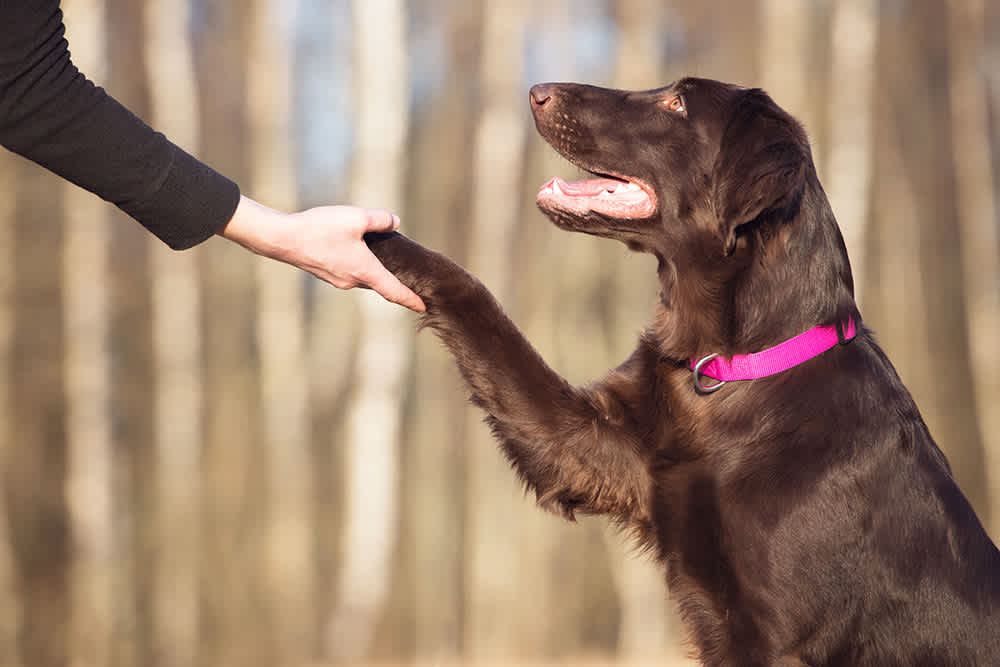Welcome, fellow dog enthusiasts! Today, we’re diving deep into the world of obedience training. As a seasoned dog trainer, I’ve witnessed firsthand the transformative power of training in strengthening the bond between humans and their canine companions. Whether you’re a first-time pet parent or a seasoned dog owner looking to fine-tune your furry friend’s manners, this guide is packed with valuable insights and practical tips to help you navigate the journey toward obedience.
Understanding the Importance of Obedience Training
Obedience training is not just about teaching your dog to sit or stay; it’s about fostering communication, building trust, and establishing a harmonious relationship between you and your furry friend. A well-trained dog is not only a joy to be around but also safer and more confident in various situations. Here’s why obedience training is essential:
- Promotes Safety: A trained dog is less likely to engage in dangerous behaviors such as running into traffic or approaching aggressive animals.
- Enhances Bonding: Training sessions provide opportunities for positive interaction and bonding between you and your dog, strengthening your relationship.
- Improves Behavior: Obedience training addresses common behavior issues such as jumping, barking, and pulling on the leash, making daily life with your dog more enjoyable.
The Fundamentals of Obedience Training
Before going into specific training techniques, it’s essential to establish a solid foundation of understanding. Obedience training encompasses a variety of commands and behaviors, each serving a unique purpose in shaping your dog’s behavior and response to your cues.
- Basic Commands: Teach your dog essential commands such as sit, stay, come, and down. These commands form the building blocks of obedience training and lay the groundwork for more advanced skills.
- Positive Reinforcement: Use rewards such as treats, praise, and toys to reinforce desired behaviors. Positive reinforcement encourages your dog to repeat the behavior in the future, making training sessions fun and effective.
- Consistency: Consistency is key in obedience training. Set clear expectations for your dog and be consistent in your commands, rewards, and expectations across different training sessions.
Tailoring Training Techniques to Your Dog’s Needs
Every dog is unique, and what works for one may not work for another. As a dog trainer, it’s essential to tailor your training techniques to suit your dog’s temperament, personality, and learning style. Here are some tips for customizing your approach:
- Assess Your Dog’s Needs: Take the time to observe your dog’s behavior and identify areas that need improvement. Is your dog overly excitable? Does he struggle with impulse control? Understanding your dog’s challenges will help you tailor your training approach accordingly.
- Be Patient and Persistent: Rome wasn’t built in a day, and neither is a well-trained dog. Be patient with your furry friend and celebrate small victories along the way. Consistent practice and reinforcement are key to success.
- Seek Professional Guidance: If you’re struggling to make progress or encountering specific challenges, don’t hesitate to seek guidance from a professional dog trainer. A qualified trainer can offer personalized advice and support to help you overcome obstacles and achieve your training goals.
Enhancing Behavior and Strengthening Bonds
Hiring a professional dog trainer for obedience training is a wise investment that can make a world of difference in your canine companion’s behavior and overall well-being. Professional dog trainers bring a wealth of knowledge, experience, and specialized techniques to the table, tailored to address your dog’s specific needs and temperament. They understand that every dog is unique and requires personalized attention and training methods to achieve optimal results. Whether your dog is exhibiting problem behaviors such as excessive barking, aggression, or leash pulling, a skilled trainer can assess the root causes and develop a customized training plan to address them effectively.
Moreover, working with a professional dog trainer not only benefits your furry friend but also strengthens the bond between you and your pet. Obedience training sessions provide valuable opportunities for positive interaction, communication, and trust-building between you and your dog. Through clear, consistent guidance and positive reinforcement techniques, a professional trainer can empower you to effectively communicate with your dog and establish a harmonious relationship based on mutual respect and understanding. With the guidance and support of a skilled trainer, you’ll not only see improvements in your dog’s behavior but also enjoy a deeper connection and companionship that enriches both your lives.
The Rewards of Obedience Training
As you embark on your obedience training journey, remember that the rewards extend far beyond a well-behaved dog. Obedience training is an investment in your relationship with your canine companion, enriching both your lives in countless ways.
As renowned dog trainer Cesar Millan once said, “Training gives the dog a sense of accomplishment and purpose.” Through training, you’re not just teaching your dog commands; you’re empowering them to navigate the world with confidence and grace.
In conclusion, obedience training is a journey filled with challenges, triumphs, and endless opportunities for growth. By understanding the fundamentals, tailoring your approach to your dog’s needs, and embracing patience and persistence, you’ll unlock the full potential of your canine companion and embark on a lifelong adventure of learning and companionship. Happy training!





Be First to Comment